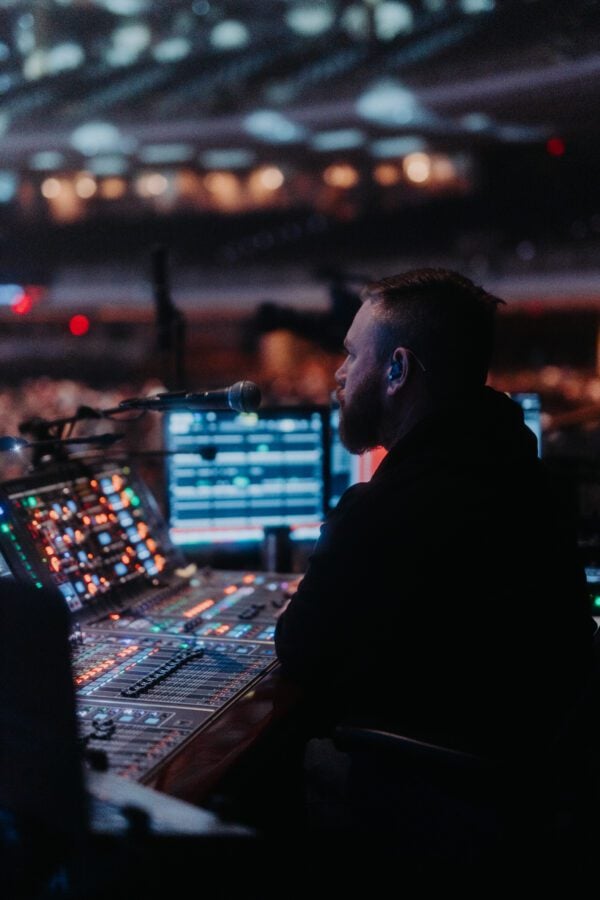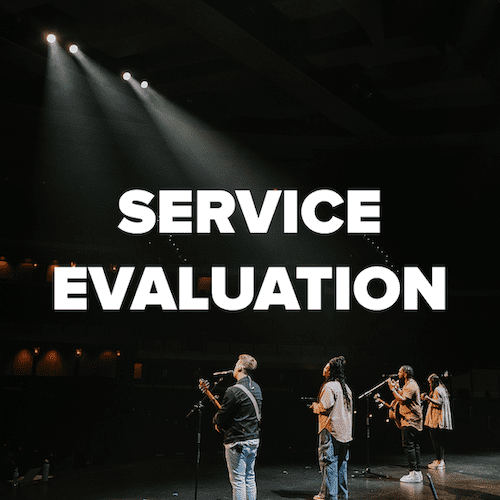 Imagine this: you are having a conversation with your friend about something important. Just as that friend starts to talk, another friend walks up and also starts talking to you. Then, your phone rings. Amidst these three people needing your attention, you are also late for a meeting.
Imagine this: you are having a conversation with your friend about something important. Just as that friend starts to talk, another friend walks up and also starts talking to you. Then, your phone rings. Amidst these three people needing your attention, you are also late for a meeting.
This type of stressful situation is similar to what it can feel like while serving as a monitor engineer for a Sunday service. You are essentially the Air Traffic Controller, assisting and translating the needs of the people on stage. You are receiving a barrage of mix change requests from the band and vocalists and turning them into technical solutions. How you respond and what actions you take in those moments can play a part in how the people on stage are able to lead worship.
From personal mixers, like Avioms, to full on mixing desks, there is a technical barrier to creating a mix. Personal mixers are an awesome tool where you are commonly presented with 16 channels with volume, pan, and a general mix EQ. It makes it incredibly easy for the musician to make their own mix because the tools are so few.
Let us equate this to a spoken language. Personal mixers are like the skills from your 101 foreign language class. You learn a few basic sentences in the other language that help you get by. Comparatively, serving as a monitor engineer is similar to learning a second language fluently. All of the audio tools and jargon that I have at my disposal has taken years to learn. Imagine a worship leader says, “I can’t hear my voice.” The extent in which they are able to translate a response into their personal mixer by themselves is to just turn up the knob that controls the level of their voice. This may satisfy the problem, or maybe not.
Now imagine a monitor engineer listening to that same worship leader’s mix as they say “I can’t hear my voice”. The engineer immediately notices that their voice is a little too dark, the piano and guitars are a little too loud, and there is a compressor squashing the vocal. Of course, the monitor engineer can turn the vocal up the same way the worship leader did on their personal mixer, but more effectively they can address surrounding issues that the worship leader was not able to change on his own with the personal monitor system.
Translation is key. The monitor engineer should strive to be the best translator he or she can be. It is important to determine WHAT the people leading are asking for. Learn to take the words, phrases, and adjectives that worship leaders use and translate them into a more educated and practical adjustments from the audio perspective.
If you are interested in learning more about the language of monitors, check out Josh’s FILO 2024 breakout “Mixing Monitors”.
















